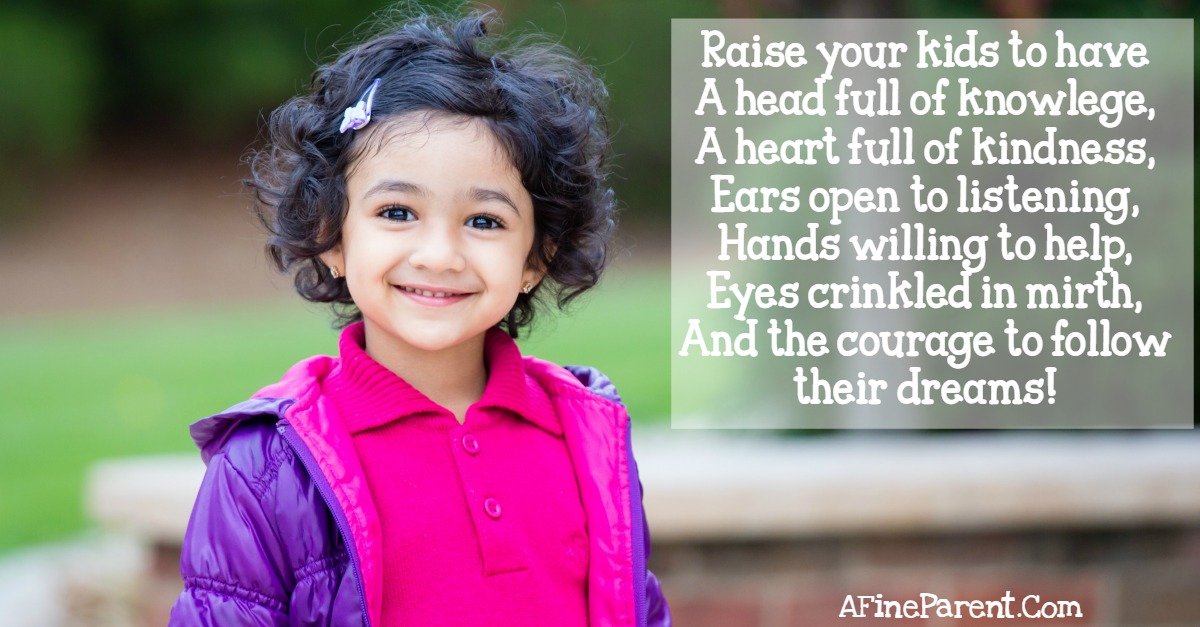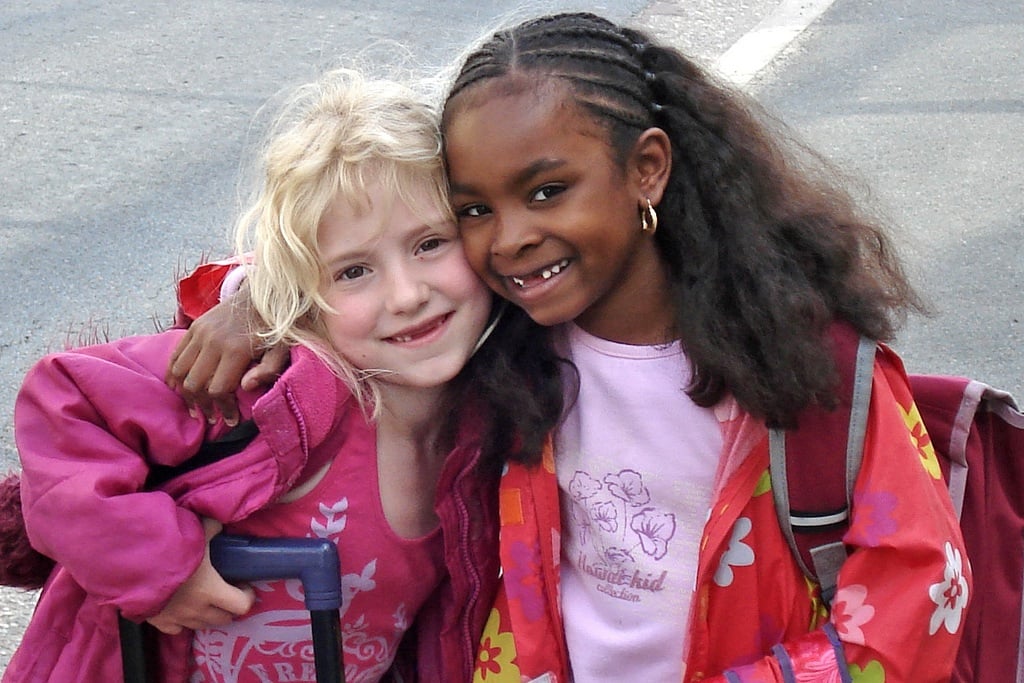
IB Learner Profile: Open-Minded
A mind is like a parachute, it only functions when its open.
IB Learner Profile: Open-Minded
This IB learner profile is one of 10 attributes recognized and valued by IB World Schools. We believe these attributes, and others like them, can help individuals and groups become responsible members of local, national and global communities.
IB students have a deep understanding of various cultures and views, bringing an appreciation of new views to both their academic study and their involvement in local and wider communities. Their international mindedness complements the missions of the best tertiary institutions.
Kindness Makes Hearts Smile
Choose Kindness
Kindness is Never Wasted
How Can We Open Our Minds?
Tell me about yourself...
What would you like to learn about me?
Let's learn to understand and accept each other's differences.
How Can We Make A Difference?
How can we help our world be a better place?
How can we show others we care?
How Can We Spread Kindness?
How can we understand more about other cultures?
What actions can we take to be global learners?
How can parents help develop students who are open-minded at home?
- Model open and accepting behavior for all humans
- Nurture respect and love for all living things
- Expose your child to a variety of cultural experiences
- Visit Explore and More Children's Museum to "travel" around the world
- Read and tell stories from around the world
- Watch movies that show other countries cultures
- Listen to a variety of types of music
- Read and write different forms of poetry
- Learn about how different cultures celebrate holidays
- Prepare and taste foods from other countries
Apps for Kids that Promote Open-Mindedness
- One Globe Kids:Friends Around the World- Stories, beautiful photos help kids build global awareness
- Peppy Pals Sammy Helps Out- Sweet friends teach acceptance and helping others.
Model Me Going Places 2- Narrated photos prepare kids for social situations.
Try It- You Might Like It!!!!
Family Day Idea!
The second floor of the Explore and More Museum features an interactive play exhibit called "Being Good Neighbors."
Click the image to read the full description and access more information about museum admission.
Game: The Hero Maker
The Hero Maker game from Xavier Riddle and the Secret Museum on PBS KIDS is a game that teaches kids how ordinary people can accomplish extraordinary things.
Click the image to play.
Learning Strategy: Consider Other Perspectives
Think about a problem, it could be a problem:
- you are facing in your life
- a character in a book you are reading is facing
- a problem a friend or family member has shared with you
Consider the problem by wearing each of the "hats" below:
What Does Each Hat Mean?
1. Red – This is the emotional view. How do I feel about this?
2. Yellow – This is the logical positive view. What are the pros to consider?
3. Black – This is the logical negative view. What are the cons? What could go wrong?
4. White – This is the neutral view. What are the facts? What does the data say?
5. Green – This is the creative view. What new and creative ideas do I have?
6. Blue – This is the process. How can all of this thinking be organized? Summarize the information. Have all of the other hats been used?
Story Time
Molly Lou Melon by Patty Lovell
Discussion Questions for Stand Tall, Molly Lou Melon
- How would you feel if you were being bullied like Molly Lou Melon?
- What would you do if you saw someone else being treated like that?
- How do you think Molly Lou Melon felt when the other children supported her?
- How did Ronald Durkin change throughout the story? What caused this change?
- Why does being open-minded matter?
The Colors of Us by Karen Katz
Through the eyes of a little girl who begins to see her familiar world in a new way, this book celebrates the differences and similarities that connect all people.
Discussion Questions for The Colors of Us
• Why does Lena’s mother take her to so many places to see the people in the story?
• Why does Lena say to her mother “Look Mom, the colors of us?”
• Lena has many different names to describe the shades of skin color she sees. Which name is your favorite?
• Discuss what colors children might use to mix their skin tone. Ask children to come up with a name for the color of their skin.
Activity: Mix Paint to Create Skin Tones
Did you know you can make most skin tones just by using red, blue, and yellow? These are called the primary colors.
Grab some paint and click the image to watch the tutorial.
Trailblazers
Stanley M. Makowski ECC #99- An IB World School
Email: nmarciano@buffaloschools.org
Website: https://www.buffaloschools.org/PS99
Location: 1095 Jefferson Avenue, Buffalo, NY, USA
Phone: (716) 816-4180
Facebook: https://www.facebook.com/MakowskiIBWorldschool/














